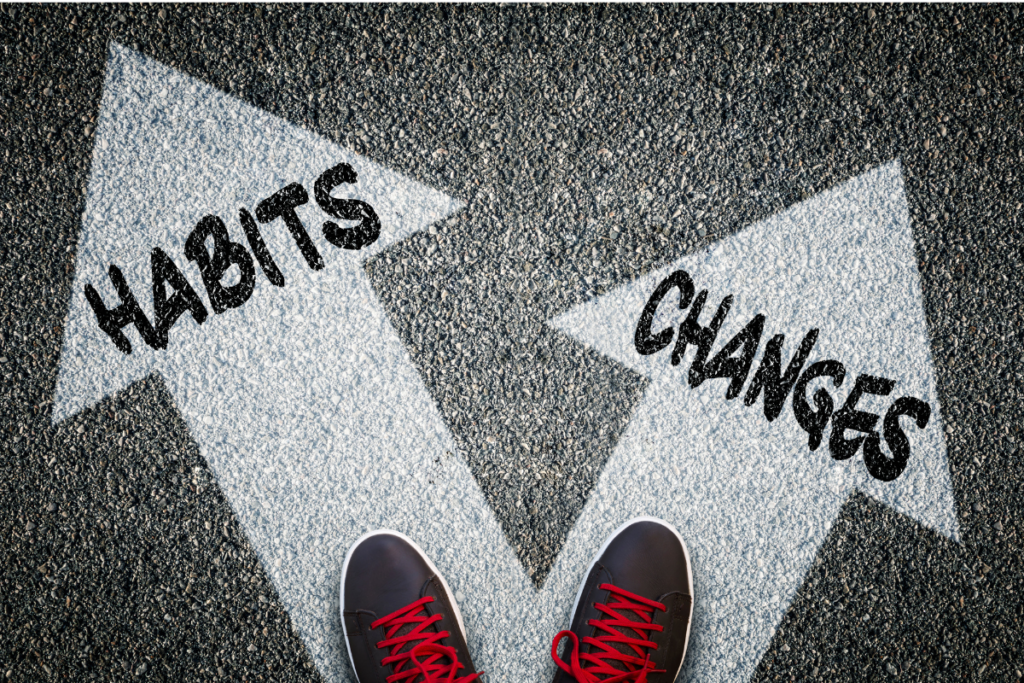Why Do Keto, Intermittent Fasting and Tracking Macros Work?

So. You have a friend who lost weight on the keto diet and who swears it’s the answer to your problems. All you have to do is eat exactly one stick of butter before every meal and your body will FINALLY learn how to burn fat.
Your other friend only eats for two hours every three days and can’t believe how much weight he’s lost! Fasting actually works! It’s a miracle! Just supplement with methamphetamines and cigarettes to battle those pesky hunger cravings and you’ll do great!
A third friend is all about that IIFYM life. If it fits your macros, you’re good, bro. Just track your food and hit your macro targets and the fat will melt off. It’s the lost piece of the puzzle called life.
But seriously, why do these things work for the general public? Why are there so many diets that guarantee results, and why do you have so many friends who’ve made progress using different methods? Which one really works?
The answer is all of them. Here’s why: insulin.
I’ll keep this simple. If you really want to understand how your body loses fat, watch this video. (Sneak peek: It’s a 50-minute lecture and I watched it twice in one night. That’s how interesting it is.)
So, how do the nutrition programs listed above influence insulin, and how does that lead to fat loss?
When insulin is present in the bloodstream, it’s impossible for your body to pull fat out of your fat stores for energy. It is the regulator of fat metabolism. If you want to get fat out of your fat tissue, you have to get insulin levels down.
Why does your body produce insulin? To control blood-sugar levels.
Why does your blood sugar go up? In response to carbohydrates.
When did the food pyramid become popular? You know, the one you saw in school where the base is grains, rice, cereal and pasta? Well, that originated in 1974 and was introduced to the US in 1992.
When did we see a dramatic uptick in heart disease, Type 2 diabetes and obesity? 1990 to 2000 marks the largest increases in chronic disease, childhood diabetes/obesity, and obesity in both men and women in the U.S.
Correlation or causation? You decide.
So, let’s circle back to the original question at hand. Why do these diet trends work?
Keto . The goal of the ketogenic diet is to reduce your carbohydrate intake to less than 30 g of carbohydrates per day and replace those calories with protein and fat. What happens when you reduce your carbohydrate intake? Your blood-sugar levels decline. What happens when your blood-sugar levels decline? Your body stops requiring insulin as frequently to manage that blood sugar.
Intermittent fasting . The most common practice is 16 hours of fasting (no food or calorie-dense drinks) with an eight-hour window of eating. Most people start fasting at 8 p.m. after dinner, sleep, skip breakfast, and start eating at 12 p.m. for lunch. If during those 16 hours we can’t eat or consume any calories, inherently we are not going to take in any carbohydrates in the form of bread, rice, cereal, pasta, or sugar in our drinks. If we don’t consume any of those things, we’re inherently managing our blood-sugar levels, which leads to insulin management which allows the body to start using fat for energy. See where this is going?
Tracking macros. Made popular by the app MyFitnessPal and the idea of “flexible dieting,” this nutrition program teaches its followers to balance their macro intake (protein, carbohydrates, and fat). With this increased awareness of what their caloric intake is made up of, most people start to balance their diets, reducing their carbohydrate intake from 65-80% to 20-30% and filling in the rest of their diet with a more appropriate balance of protein and fat. Can you guess what kind of hormonal change this causes in the body? I think you can. (Hint, it rhymes with “lower insulin.”)
So, there you have it. Hopefully this makes sense and sheds some light onto these diet phenomena. Calories are still important, and most people will argue that none of this matters as long as your calories are controlled. Thermodynamics and all that jazz are useful tools, but don’t be fooled into thinking they’re the end-all and be-all when it comes to losing fat. If it were that simple, then anyone would be able to subtract 500 calories a day from their intake and lose a pound a week forever. Until they weighed zero pounds.
Yep. That’s a bullet-proof argument.
The takeaway here is that there is rarely a one-size-fits-all or black-and-white solution to losing weight. There are many paths to the goal; it just depends on which you want to take and which one you can sustain. But each path is going to involve less sugar and more vegetables if you’re chasing health and fitness. I can promise you that.
Do you want to talk about nutrition in person with a professional? If you want to learn more about how you can lose weight, gain muscle and feel better forever, click the “Free Intro” button on our website to book a meeting with us.
P.S. You don’t have to start your weight-loss journey with exercise. It’s just more fun if you do.
The post Why Do Keto, Intermittent Fasting and Tracking Macros Work? appeared first on CollectiveFit.
More Posts





